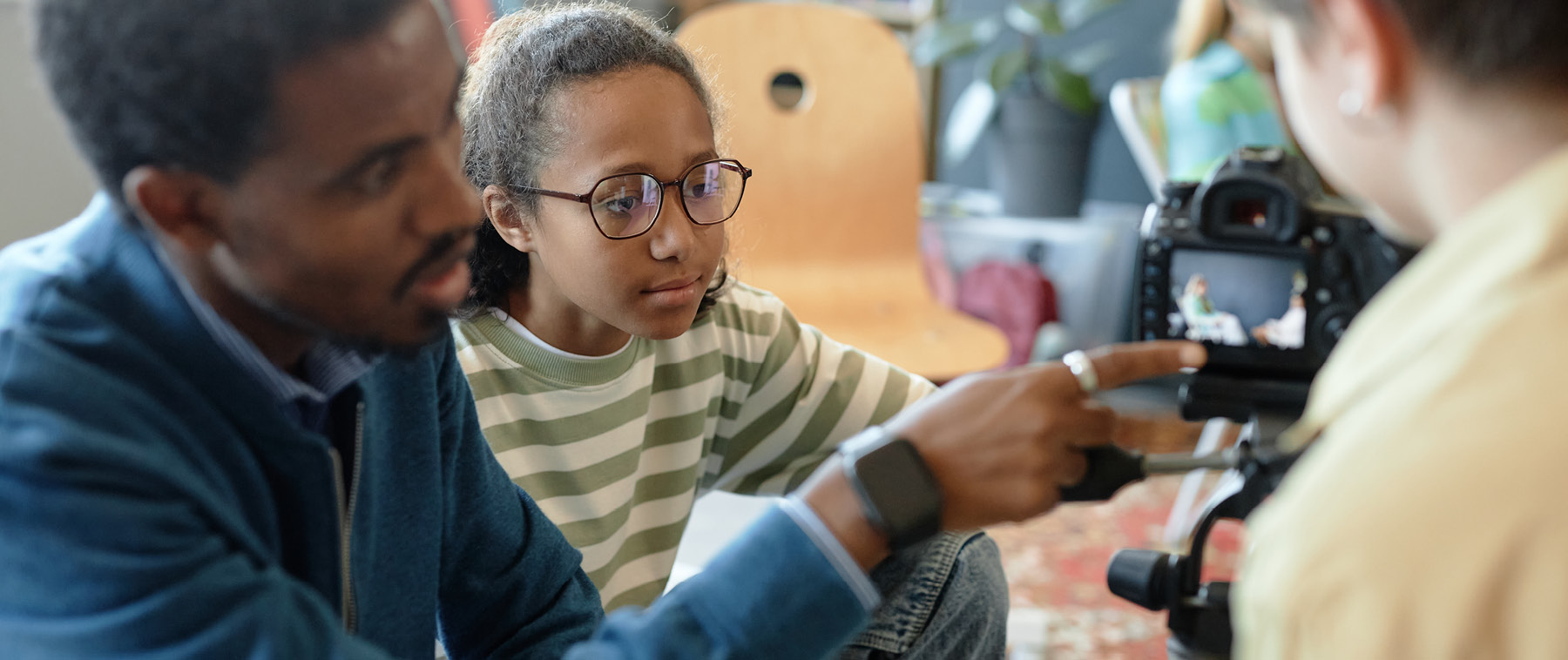
Lighting is everything in photography. It affects the mood, the shadows, the colours...basically, how your photo turns out. Good lighting can make a photo pop, while bad lighting can make it look flat or blurry. Here’s how to work with different types of light and get the best results:
SHOOTING OUTDOORS
Hard Light (Direct Sunlight)
This is what you get on a bright, sunny day...lots of contrast and harsh shadows. It can be dramatic, but also tricky.
- Avoid shooting at noon when the sun is directly overhead (hello, raccoon eyes).
- Try early morning or late afternoon (aka “golden hour”) for softer light.
Camera Settings
- ISO: 100–200 (low, because there’s lots of light)
- Aperture: f/8 to f/16 (keeps everything in focus)
- Shutter Speed: 1/500 or faster (to freeze motion and avoid overexposure)
- White Balance: Daylight or manually set
Soft Light (Cloudy Sky)
Clouds act like a giant diffuser, spreading light evenly. This is great for portraits and candid shots.
- You won’t get harsh shadows, so faces look smoother.
- Colours might be a bit muted, but you can fix that in editing.
Camera Settings
- ISO: 200–400 (depends on how cloudy it is)
- Aperture: f/4 to f/8 (for a nice depth of field)
- Shutter Speed: 1/250 or faster
- White Balance: Cloudy or manually set

SHOOTING INDOORS
Photographing indoors comes with a unique set of challenges. You're dealing with low light, weird colours, and, in some cases, fast action. But you’ve got this.
Sporting Event
- Use a fast lens if you can (like f/2.8).
- Avoid using flash as it can be distracting.
Camera Settings
- ISO: 1600–3200 (higher to handle low light)
- Aperture: f/2.8 to f/4 (lets in more light)
- Shutter Speed: 1/500 or faster (to freeze movement)
- White Balance: Fluorescent or manually set (gyms often have weird lighting)
Theatrical Performances
- Use a zoom lens (like 70–200mm) so you can get close-up shots from the back of the auditorium.
- Take test shots during rehearsal if you can. It’ll help you dial in your settings before the real show.
Camera Settings
- ISO: 1600-3200 (higher to handle low light)
- Aperture: f/2.8 to f/4 (lets in more light and helps blur the background so the actors stand out)
- Shutter Speed: 1/250 to 1/500 (to freeze movement)
- White Balance: Tungsten or manually set (you're dealing with spotlights, coloured gels, and lots of shadows)